Working with Teasers
About a year ago I went to the bookstore and started pulling books off the shelf to see how many of them had prologues, then I grabbed about a dozen books with prologues, sat down, and started reading them.
A lot of people in the writing world say prologues are horrible and that you should never ever ever ever ever write one.
I've always had mixed feelings about that advice.
Especially since all growing up, I liked prologues. Still do.
As I started reading all these prologues, I realized not only did the books do a no-no by having a prologue in the first place, but so many of the prologues broke dozens of writing rules. It would be enough to make any aspiring author want to rip out her hair. How come everyone who is teaching me to write stories tells me not to do these things, but then a quarter of the books on shelves are doing them in the very opening?
But I realized when reading through prologues that day, that most of them were teasers. A teaser functions different than other parts of the story, and if you don't know how to discern them or understand them, it can mess up your writing. Not enough people talk about teasers, which is why I'm doing this post.
Teasers inherently break a lot of writing rules, so it's unfair to compare them to everything else. They have a different purpose and function in storytelling. Teasers function off emotional promises to the audience.
Let's start with where the general public has heard the term--in reference to movie trailers. There are two main types of movie trailers: theatrical trailers and teaser trailers. A theatrical trailer is longer than a teaser trailer. It conveys the basic plot of the story. It communicates what the story is about.
Since I'm getting excited for the second season of Stranger Things to come out this month, let's look at their trailers for examples.
Here is the Stranger Things theatrical trailer.
Notice how the trailer guides us through the plot's set-up. It conveys to the audience that the story starts with a boy who has gone missing, having met some kind of ill fate, and his mom and others are looking for him. Eventually, his friends meet a girl who might know where he is.
Now, most theatrical trailers will have some kind of voice over or text on the screen to guide the viewers, and tell them what the story is about.
A teaser trailer is different. They're short. They usually don't really guide the audience through the plot's set-up, but instead show flashes of what kinds of emotional appeals the story is making to the audience.
Watch this Stranger Things season 2 teaser.
While there is text on the screen, it doesn't actually tell us about the plot of the story. But what it does do is make promises to the audience about what kind of emotional appeals it has.
- We get the retro 80's feel from the very beginning, which appeals to that feeling of nostalgia.
- We get yelling and then heavy breathing, which appeals to the feeling of fear.
- We see friends together, which appeals to the feeling of camaraderie--buddy stories.
- We see hints of a government conspiracy, which appeals to a feeling of wonder and horror and stirs the intellect.
- Finally, we get the feeling of wonder and horror when we see a dark creature outside.
Teasers don't tell us a whole lot about what the plot is about--just glimpses of it. They don't give us much, if any, context. They promise the emotional journey that will be delivered if you watch this show.
However, what else teasers promise, is that if the audience watches, they'll get the context.
One of the most important things about teasers is that they are short. If you want to do some research, look up theatrical trailers and teaser trailers for the same movies. The teaser is always shorter.
This is because an audience will sit through a lack of context for only so long. If it goes on too long, especially in the opening of the story (prologue usually), they'll get antsy. They need meaning. They need to be able to interpret what they are viewing or reading on their own, in order to become invested in the story, in order to care. They have to be able to participate, not just be dazzled with camera shots of creepy creatures. Maybe once that would have been enough to hold an audience back in day, but not today where so much entertainment is so accessible.
The less context a teaser has, the shorter it needs to be.
If it has a little more context, it can be a little longer.
If it has a little more context than that, it can be a little longer than that.
But one of the defining qualities of a teaser is the lack of context. If you give full context, it's not a teaser. You might have a theatrical trailer prologue, which is perfectly acceptable, but it's not a teaser.
So how do you handle a teaser? You appeal to emotional promises and beats. Luckily, you do not have to appeal to all your book's emotional beats in a teaser prologue. This is why often after teaser prologues, you get a chapter one that appeals to different emotional beats, and hopefully having dual openings gives your reader a sense of what kind of emotions this story is going to sate overall. And again, not everything needs to be in the opening, just the promises for what kinds of things will be in the story.
If you watch multiple teaser trailers for the same movie, sometimes you'll see that each teaser focuses on certain types of emotional beats. For example, in the Harry Potter movies, you may see how some may focus on the slice-of-life stuff at Hogwarts, while others focus on the dangerous Voldemort stuff. Usually, you'll see appeals to both, but if the movie has a big marketing campaign, you might get emotion-targeted teasers.
Teasers don't only appear in prologues. They may also appear as short scenes in the story, usually in the first half of the story. When you are working with a story where the threat is at a distance until the midpoint, you might get short teasers about what that threat is doing or planning to do, to remind the audience of their presence, promise again that trouble is coming, or sate the audience's emotional need. The movie I am Number Four, is a good example of this. The Twilight movie also does it.
Again, these teasers function the same way. They are short. Have less context. They make emotional promises.
Teasers that take place in the story, as opposed to the prologue or opening, don't have to necessarily promise trouble. They can speak to other things. For example, in a fantasy where your protagonist hasn't yet discovered a magic system, you may show a teaser of the mentor character using it in a fascinating way, with the promise that we will learn more about it in the future.
There are obviously differences between movie trailers and books. For example, movie teasers will often show short clips, quick shots, that inherently appeal to certain emotions. So for romance, there might be a quick shot of two people kissing, then a shot of a couple holding hands. These shots might come from two entirely different scenes from different ends of the movie. We can't and shouldn't write our teasers like that (usually). As a teaser in a story, especially a written one, you're more working with a teaser scene. The audience already lacks some context. Trying to jump between multiple scenes is just going to be more confusing. As a rule of thumb, don't intermingle and jump around scenes like that in your teaser passage. You can probably get away with sequential teaser scenes, as long as the teaser passage doesn't go on too long.
On a micro-level, some teasers aren't scenes, but lines in a scene--a sentence here or there that has that emotional buzz attached. And some of those bleed into this post on the Mechanics of Rendering Mysteries and Undercurrents.





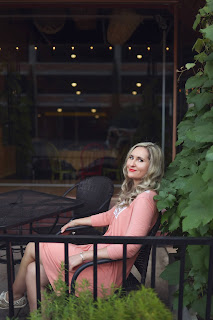
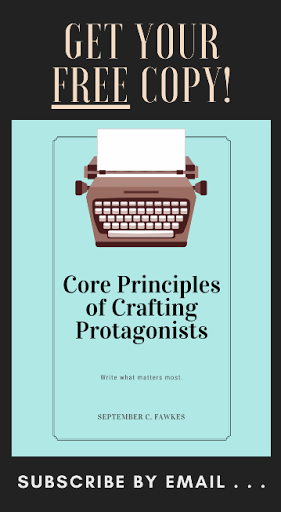
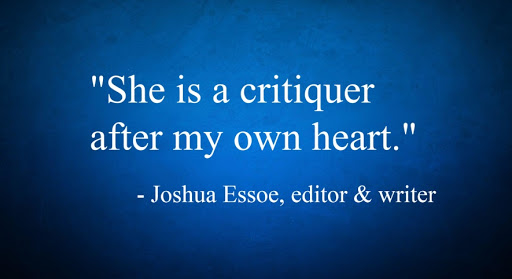

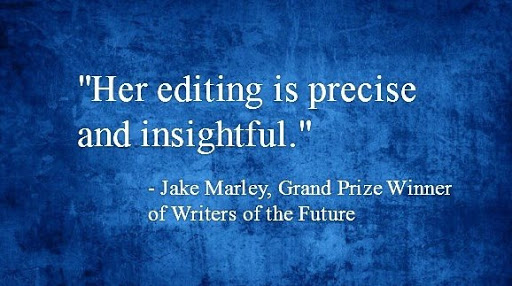




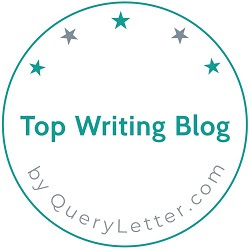

0 comments:
Post a Comment
I love comments :)